Rare Triple Ring Galaxy – Image By Subaru Telescope
Eddie Gonzales Jr. – MessageToEagle.com – The Subaru Telescope, located at the summit of Mauna Kea in Hawaii, USA , is an 8.2-meter optical-infrared telescope operated by the Subaru Telescope of the National Astronomical Observatory of Japan, National Institutes of Natural Sciences.
Image credit: Subaru Telescope
The Hubble Classification, also known as the Hubble Sequence, is a widely recognized method for systematically categorizing galaxy morphology.
Galaxies are classified into elliptical, lenticular, and spiral (or barred spiral) galaxies.
Galaxies with irregular shapes that do not fit into any categories are classified as irregular galaxies. While this classification can be used for most galaxies, some do not fit into any category, though they have regular shapes.
A ring galaxy is one of these. There are various theories about their origin, but one leading hypothesis asserts that ring galaxies originate from galactic interactions and mergers.
The citizen science project GALAXY CRUISE, using vast cosmic images captured by the Subaru Telescope, regards ring galaxies as interacting.
Ring galaxies are rare and difficult to find. This galaxy features three rings, which is exceptionally rare and valuable to scientific research.
Written by Eddie Gonzales Jr. – MessageToEagle.com Staff Writer
Related Posts
-
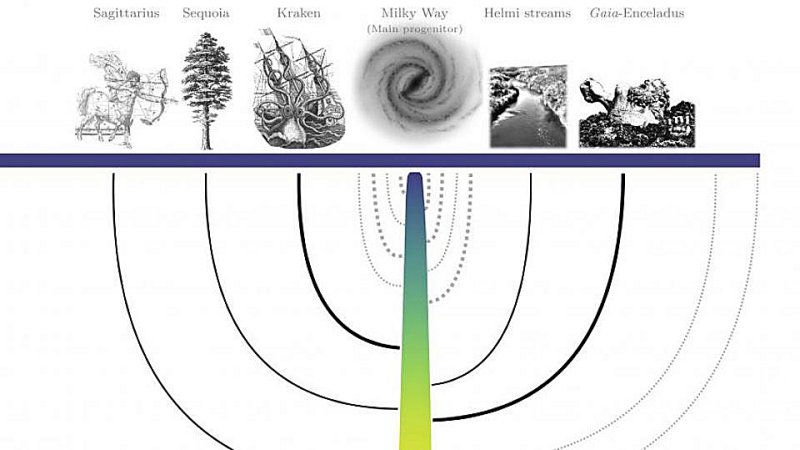 Previously Unknown Collision Between Milky Way And Enigmatic Kraken Galaxies – Revealed
No Comments | Nov 16, 2020
Previously Unknown Collision Between Milky Way And Enigmatic Kraken Galaxies – Revealed
No Comments | Nov 16, 2020 -
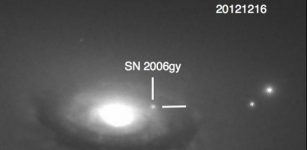 Brightest Explosions In The Universe – New Insights
No Comments | Jan 27, 2020
Brightest Explosions In The Universe – New Insights
No Comments | Jan 27, 2020 -
 Exotic Clasts In Chang’e-5 Samples Indicate Unexplored Terrane On Moon
No Comments | Jan 3, 2023
Exotic Clasts In Chang’e-5 Samples Indicate Unexplored Terrane On Moon
No Comments | Jan 3, 2023 -
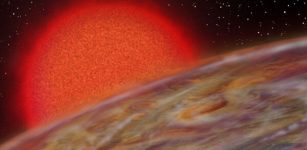 Newly-Discovered Planets Will Be ‘Swallowed’ By Their Stars
No Comments | Jan 13, 2022
Newly-Discovered Planets Will Be ‘Swallowed’ By Their Stars
No Comments | Jan 13, 2022 -
 Possible Radio Signal From Exoplanet In The Constellation Boötes – Detected
No Comments | Dec 17, 2020
Possible Radio Signal From Exoplanet In The Constellation Boötes – Detected
No Comments | Dec 17, 2020 -
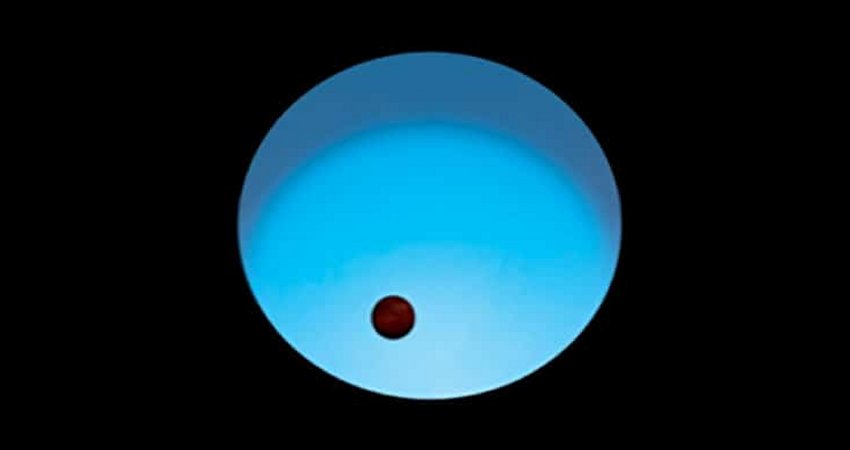 CHEOPS Data Reveals WASP-189b One Of The Most Extreme Planets In The Universe
No Comments | Oct 1, 2020
CHEOPS Data Reveals WASP-189b One Of The Most Extreme Planets In The Universe
No Comments | Oct 1, 2020 -
 Milky Way’s Black Hole Was ‘Birth Cry’ Of Radio Astronomy
No Comments | May 13, 2022
Milky Way’s Black Hole Was ‘Birth Cry’ Of Radio Astronomy
No Comments | May 13, 2022 -
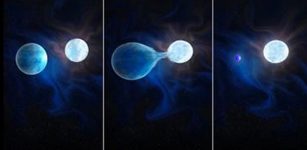 First Population Of Binary Stripped Stars – Discovered
No Comments | Dec 15, 2023
First Population Of Binary Stripped Stars – Discovered
No Comments | Dec 15, 2023 -
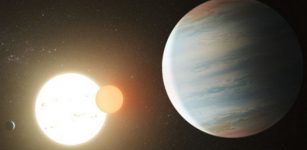 Third Planet In 2-Star Kepler-47 System – Discovered
No Comments | Apr 17, 2019
Third Planet In 2-Star Kepler-47 System – Discovered
No Comments | Apr 17, 2019 -
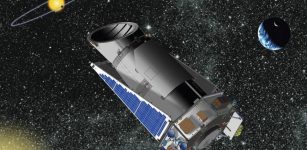 NASA’s Kepler Space Telescope Retires After Running Out Of Fuel
No Comments | Oct 31, 2018
NASA’s Kepler Space Telescope Retires After Running Out Of Fuel
No Comments | Oct 31, 2018

